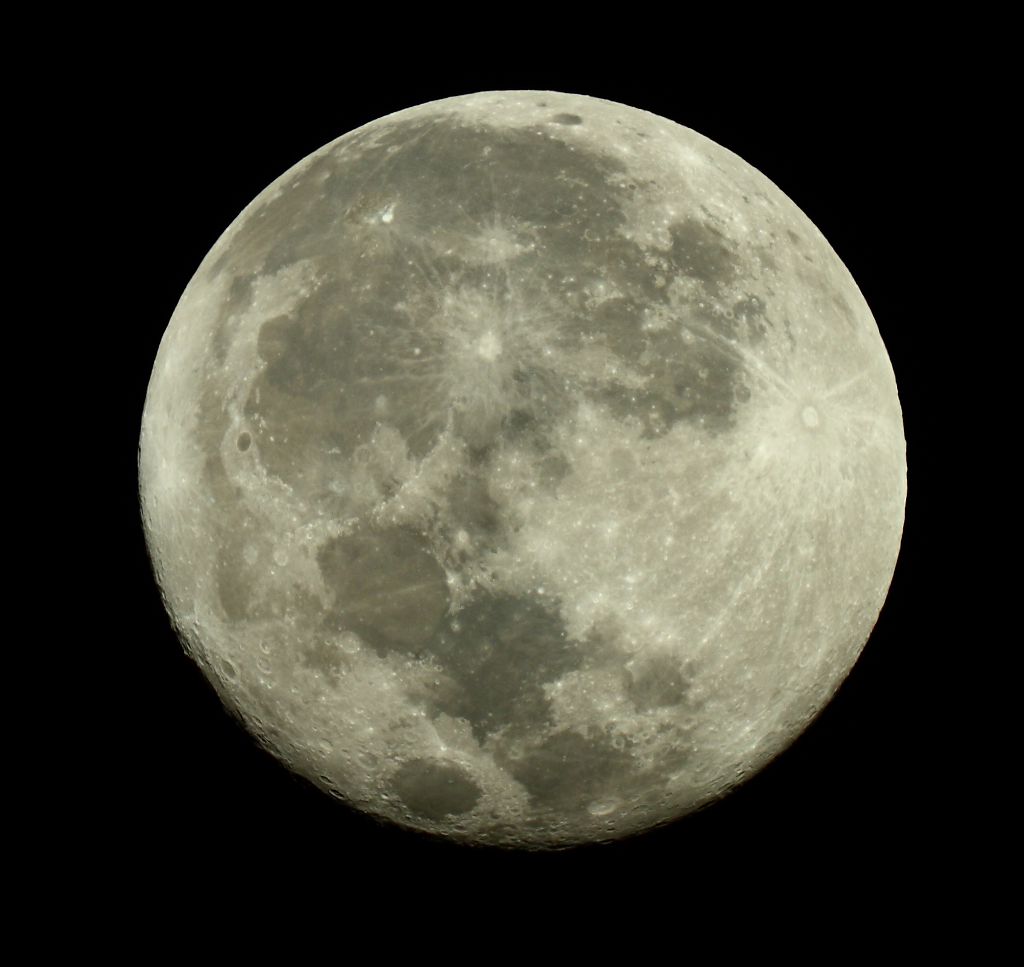|
Pictures of the recent Solar Eclipse on October 14, 2023. This was a partial
eclipse for the Verde Valley.

The picture above was taken with a glass solar filter on a 6" telescope.

The photo above was taken with a Lunt Solar Hydrogen Alpha telescope. This scope
allows the viewing of solar flares off the side of the Sun.

Rising before Sunset this time of year is the Andromeda Galaxy. It will be
overhead as the sky darkens. M31 as it is also
known lies between the constellations of Cassiopeia and Pegasus. It can be see
with the unaided eye as a small cloudy patch in the sky. Photo by JD
Maddy
The next Total Solar Eclipse is coming up next April 8th,
2024. It will take a path thru Mexico, Texas heading all the way up to Maine.
Click the link below for the eclipse path.
https://solarsystem.nasa.gov/eclipses/2024/apr-8-total/where-when/
The Total Solar Eclipse is coming up April 8th,
2024. If you haven't made your plans, good luck with that!
The Diamond Ring effect from Glenrock, WY. Photo by Robert Mueller

The Corona Effect as seen from Glenrock, WY. Photo by Robert Mueller

Click above pictures for large view.
Click here for more eclipse
pictures, past and present.
I
Astronomy Picture of the Day by NASA (01/19/2017)

Click picture to
super size. Elephants Trunk Nebula
Image Credit &
Copyright: Stephen
Leshin
Explanation:
Like an illustration in a galactic
Just So Story, the
Elephant's Trunk Nebula winds through the emission nebula and young star
cluster complex IC
1396, in the high and far off constellation
of Cepheus. Also
known as vdB 142, the cosmic elephant's trunk is over 20 light-years
long.
This colorful close-up view includes image data from a
narrow band
filter that transmits the light from ionized hydrogen atoms in the
region. The resulting composite highlights the bright swept-back ridges
that outline pockets of cool
interstellar dust
and gas. Such embedded, dark,
tendril-shaped clouds
contain the raw material for
star
formation and hide
protostars within. Nearly 3,000
light-years distant,
the relatively faint
IC 1396 complex covers a
large region on
the sky, spanning over 5 degrees. This dramatic scene spans a 1 degree
wide field, about the
size of 2 Full Moons.
To see more of Steve's APOD pictures
and others, click here. To see how this
picture was put together, click here.
Up coming events
First Wednesday
of the Month:
Monthly Meeting. Cottonwood, AZ Library. 4:00PM to 6:00PM. Public
welcome.
02/29/2024: Camp
Verde Middle School Star Party. Camp Verde Library 130 Black Bridge Loop
Rd. 6:30PM to 8:30PM.
03/06/2024:
Monthly Meeting @ Cottonwood Library. 4 PM to 6 PM.
03/09/2024: Red
Rock State Park Star Party. 6:30 PM to 9:30 PM @ Red Rock State Park,
Sedona. Call the Park for reservations @ 928 282 6907.
03/29/2024:
Messier 1/2 Marathon @ Two Trees Observing Site. Starts at Dusk. Ends at
Midnight. Over 50 Messier Objects can be viewing before midnight.
04/03/2024:
Monthly Meeting @ Cottonwood Library. 4 PM to 6 PM.
04/04/2024:
Village of Oak Creek Star Party. 690 Bell Rock Blvd, Village of Oak
Creek. 8 PM until 10 PM.
04/08/2024:
Partial Solar Eclipse. Cottonwood Skate Park, Cottonwood, AZ. 1284 E
Riverfront Rd. 10:00 AM to 12:30 PM. Solar telescopes available for
viewing the solar eclipse.
04/20/2024: Earth
Day Solar viewing at Red Rock State Park, Sedona. 4050 Red Rock Loop
Road.
05/01/2024:
Monthly Meeting @ Cottonwood Library. 4 PM to 6 PM.
05/06/2024: Dark
Sky Program @ West Sedona School on Posse Ground Rd. Sedona 8:45 AM to
10:00 AM.
06/05/2024:
Monthly Meeting @ Cottonwood Library. 4 PM to 6 PM.
07/03/2024:
Monthly Meeting @ Cottonwood Library. 4 PM to 6 PM.
07/04/2024: Club
Picnic and Observing @ Two Trees Observing Site. 6 PM to Dark 30.
08/07/2024:
Monthly Meeting @ Cottonwood Library. 4 PM to 6 PM.
09/04/2024:
Monthly Meeting @ Cottonwood Library. 4 PM to 6 PM.
10/02/2024:
Monthly Meeting @ Cottonwood Library. 4 PM to 6 PM.
10/26/2024:
Yavapai College Community Star Party. Clarkdale Campus. 7 PM to 9 PM.
11/02/2024: 16th
Annual Night Under the Stars at Alamo Lake State Park. See link below
for more details. Call 928 669 2088 for Cabins, Campsites and
information.
https://azstateparks.com/alamo-lake/events/night-under-the-stars-at-alamo-lake
11/06/2024:
Monthly Meeting @
Cottonwood Library. 4 PM to 6 PM.
The next Super Moon of 2024 is on September 18th. A Super Moon is a Full
Moon that is at its closest distance to the Earth. The Moon can vary in distance
from the Earth. It is considered Super when the distance is from 218,000 miles
to 225,000 miles. The farthest away the Moon can be is about 254,000 miles.

Click the above picture to enlarge.
____________________________________
Illustration Credit & Copyright:
Robert Mueller
Explanation:
The Rosette Nebula and its cluster reside in the
constellation of Monoceros, the Unicorn. This picture was processed in what's
called a Modified Hubble Pallet. Using a variety of filters gives it a unique
appearance. Click the picture for a larger view.
The Astronomers of Verde
Valley are members of the Night Sky Network

Check out the Club's Community Outreach page for their latest
activities by clicking here.

Keep up with the progress of Comet Pons-Brooks 21P as it gets closer to the
Earth and Sun in 2024. Its closest to the Earth on June 2nd, 2024. But, it will
be heading close to the southern horizon. Best views for most of the northern
hemisphere will be during May, 2024.
This picture of Pons-Brooks 21P was taken as it passes thru the constellation of
Hercules on Oct 18th. The comet at this point is 277 millions away from Earth.
It will be as close as as 139 million miles from Earth around the 1st of June,
2024.

|